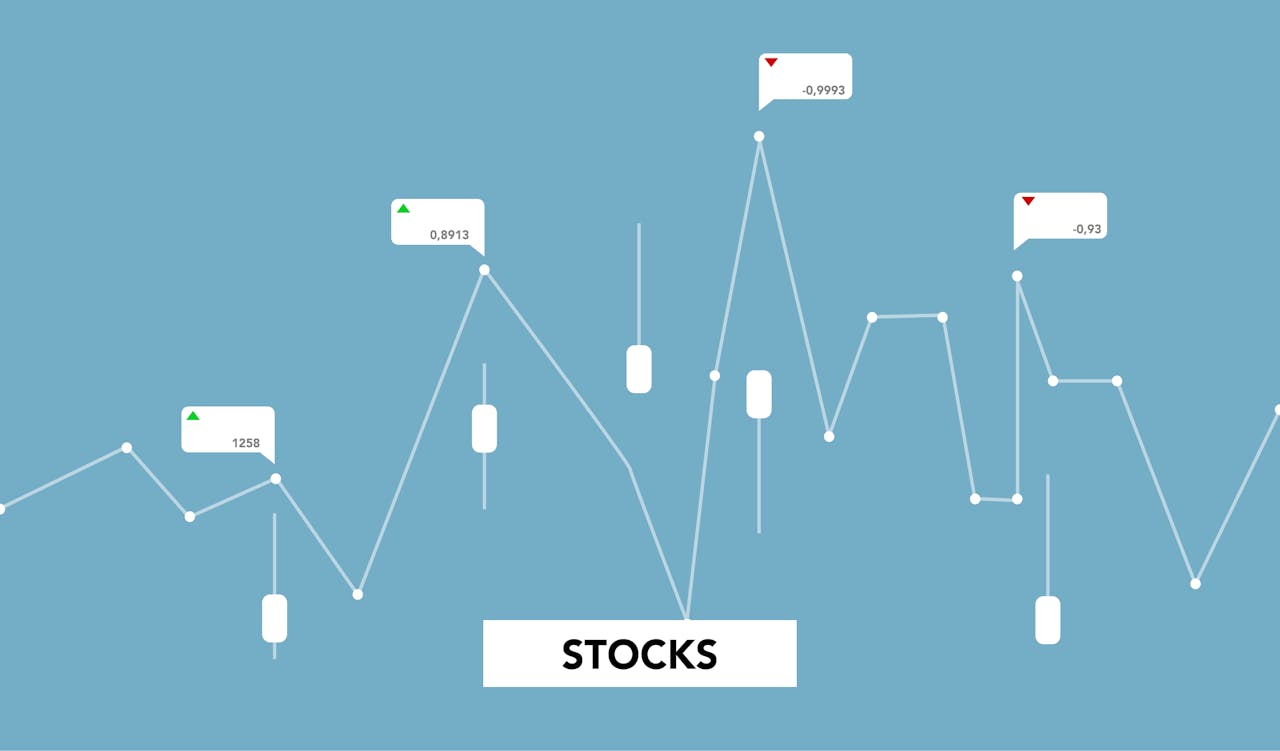When navigating the world of finance, the terms “bull market” and “bear market” are frequently used to describe the overall sentiment of the market. Understanding these concepts is crucial for investors, traders, and even those just beginning to explore the stock market. In this essay, we will explore the key differences between bull and bear markets, how they affect the economy, and how investors can adapt to these market conditions.
What is a Bull Market?
A bull market refers to a period in the financial markets when asset prices are rising or expected to rise. It is characterized by optimism, investor confidence, and an overall sense of economic strength. Typically, a bull market is marked by a 20% or more rise in market indices, such as the S&P 500, from its most recent low.
During a bull market, investors are encouraged to buy stocks, believing that prices will continue to climb. The positive sentiment often leads to increased demand for securities, which further drives prices up. Economic indicators, such as GDP growth, low unemployment, and rising corporate profits, often accompany bull markets, reinforcing investor optimism.
Characteristics of a Bull Market
Several factors define a bull market. One of the most prominent is the extended period of rising prices, often sustained for months or even years. This can lead to a surge in investor participation, as more people are attracted by the prospect of making profits. Additionally, low interest rates and favorable economic conditions often fuel the upward trend, as investors seek higher returns from stocks compared to bonds or savings accounts.
Another important characteristic is market sentiment. In a bull market, investor confidence is high, which can sometimes lead to irrational exuberance. This optimism can drive prices higher than their fundamental value, making the market susceptible to corrections. However, bull markets are generally seen as periods of wealth creation.
What is a Bear Market?
On the other hand, a bear market represents a period of decline in the financial markets, characterized by a drop of 20% or more from the recent market peak. Unlike the optimism of a bull market, a bear market is driven by pessimism, fear, and a lack of investor confidence. During such a market, investors are more likely to sell off stocks, fearing further declines.
Bear markets can occur for various reasons, such as economic recessions, geopolitical events, or financial crises. The effects of a bear market can be far-reaching, affecting everything from individual investors to businesses. During a bear market, many people may experience losses, and the overall mood of the market tends to be somber.
Characteristics of a Bear Market
In a bear market, the primary characteristic is a prolonged period of declining prices. This could span several months or even years, depending on the severity of the market downturn. One significant aspect of bear markets is their tendency to cause widespread fear, which often leads to panic selling. Investors, unsure of when the decline will end, may be more likely to abandon their positions.
The economic indicators during a bear market are often less favorable. For instance, unemployment rates tend to rise, consumer spending declines, and corporate earnings may fall. Furthermore, interest rates may remain high, making it more difficult for companies and individuals to borrow money, which further exacerbates the economic slowdown.
The Economic Impact of Bull and Bear Markets
Both bull and bear markets have significant implications for the broader economy. During a bull market, rising stock prices can create a wealth effect, where individuals and companies feel more financially secure. This often leads to increased consumer spending and business investment, which can drive further economic growth. Additionally, strong market conditions can encourage businesses to expand, hire more workers, and increase production.
However, the consequences of a bear market are typically the opposite. When stock prices decline, investors may experience a loss of wealth, which can reduce consumer confidence. As people cut back on spending, businesses may struggle to maintain their profits. The fear of a prolonged downturn can lead to tighter credit conditions, making it harder for businesses to secure financing. As a result, economic growth slows down, and the unemployment rate may rise.
How Investors Can Navigate Bull and Bear Markets
Understanding how to navigate both bull and bear markets is essential for successful investing. While bull markets may seem like a time for continuous growth, it is important for investors to remain cautious and avoid chasing after every trend. It is advisable to focus on long-term strategies, such as investing in solid companies with strong fundamentals.
In contrast, bear markets may seem intimidating, but they also present opportunities for strategic investing. In a bear market, stocks are often undervalued, which can provide investors with the chance to buy quality assets at discounted prices. Many investors use bear markets as a time to build their portfolios for the future, knowing that market conditions will eventually improve.
One key strategy during a bear market is diversification. By spreading investments across various sectors and asset classes, investors can reduce risk and increase the likelihood of favorable returns when the market recovers. Dollar-cost averaging is another approach, where investors consistently invest a fixed amount of money at regular intervals, regardless of market conditions.
The Psychology Behind Bull and Bear Markets
The psychology of investors plays a crucial role in both bull and bear markets. During a bull market, investor enthusiasm can sometimes lead to overconfidence. This can result in speculative behavior, where investors take on excessive risk in the hope of higher returns. While this can be profitable in the short term, it can also lead to significant losses when the market eventually corrects.
In contrast, bear markets are often driven by fear. Investors may panic and sell off assets in a rush to cut their losses. However, those who can maintain a level-headed approach and focus on long-term goals are more likely to benefit when the market eventually recovers. Understanding the emotional dynamics of the market is a key component of successful investing.
Conclusion
Bull and bear markets are fundamental concepts in finance that every investor should understand. While bull markets are characterized by optimism and rising prices, bear markets are marked by pessimism and declining prices. Each market has its own set of challenges and opportunities, and understanding these dynamics can help investors make informed decisions. Whether navigating a bull or a bear market, it is essential to stay focused on long-term goals and avoid getting swept up in short-term market fluctuations. By maintaining a disciplined approach, investors can weather both types of markets and ultimately achieve financial success.
Check out our Facebook or X accounts.
For more topics check here.



